how long should a man have a catheter
3 rows This device is usually used for 4 weeks or so. Valves should be used to drain urine at regular intervals throughout the day to prevent urine building up in the bladder.

Urinary Catheters Uses Types And Complications
A doctor will likely recommend a catheter for the patient which is a thin flexible tube that drains urine from the prostate.

. Gently push the catheter about 7 to 10 inches into your penis until urine begins to come out. Long-term use is when a person uses a urinary catheter for at least 4 weeks. You may also feel discomfort in your bladder.
The minimum time after catheter removal to urinate is 8 hours. Valves should be used to drain urine at regular intervals throughout the day to prevent urine building up in the bladder. The burning pain is bound to last for 24 hours.
Some people would ideally have liked their catheter to stay in for 12 weeks but had it changed more frequently because of infections and blockages. However depending on the type of catheter you had installed a urethral or a suprapubic catheter you may still experience some catheter pain especially in the case of an indwelling catheter that is expected to stay in your bladder for awhile usually from a few days all the way up to forever. Charles said he had never had a blocked catheter and his suprapubic catheter was usually changed every three months.
However some women prefer a longer catheter. Intermittent catheters these are temporarily inserted into the bladder and removed once the bladder is empty indwelling catheters these remain in place for many days or weeks and are held in position by an inflated balloon in. Your Foley catheter was removed because you no longer need it.
For example after prostate cancer surgery most men will have a catheter for about two weeks. People who use a urinary catheter are at increased risk of getting an infection. You may have certain urinary symptoms for up to 48 hours after your Foley catheter is removed.
Catheters usually stay in place between 2 and 12 weeks. Insert the catheter. With one hand hold your penis straight out from your body.
Leg bags and valves should be changed every 7 days. A man should drink 15 to 2 litres of water a day. Lucky for most folks not all of the bacteria lead to an actual infection.
At night you will need to attach a larger bag to your valve or regular bag. Having a catheter removed is normal. Why Does it Take Long to Pee Normal After Catheter Removal.
If you need to use a catheter at home you and your family and carers should be given information and training to help you with this including how to minimise the risk of infection. Urinary urgency means you feel such a strong need to urinate that you have trouble waiting. Hence necessary precautions should be taken to not have further complications.
An indwelling urinary catheter is intended to stay in place for an extended period of time ranging from hours to weeks. You should empty the bag before its completely full around half to three-quarters full. After which a patient will be able to pee but with some difficulty.
Once urine starts to flow push the catheter up 1 inch more and hold it in place until the urine stops. Order Free SpeediCath Samples. Your doctor and health care team will decide how long you need to have a catheter.
There are 2 main types of urinary catheter. For other patients who have one in place the catheter is removed as soon as they are conscious or well enough to urinate independently. Male and female anatomies require different length catheters as the male urethra is longer than the female urethra.
Most men treated with a permanent urinary catheter can turn in their catheters for surgery instead. A urinary tract infection for those of you fortunate enough to never have had one typically causes severe burning with urination frequency and urgency. In hospitalized patients intensive care patients typically have a catheter in place for longer than a day.
With your other hand slowly put the catheter into the urinary meatus. Male length catheters are usually 16 inches in length. In fact 100 of patients will have bacteria in their urine after 7 days with a urinary catheter.
How long an indwelling catheter can be left in place depends on what the catheter it is made of whether or not the catheter user gets frequent infections and blockages and each persons individual situation. Hold the catheter in your dominate hand and slowly insert in into the urinary meatus or the small opening on the top of. The time that a catheter should be left in place is not always clear.
This catheter can be either temporary or permanent. These include urinary urgency and frequency. For example after prostate cancer surgery most men will have a catheter for about two weeks.
How long can a person have a catheter stay in. The duration for which catheters should be used. Both bags and valves should be replaced and thrown away about every 5 to 7 days.
Your healthcare provider will help you decide the right size and length catheter for you. To prevent infections catheters are used only when necessary. Some men may not have any symptoms at all and may be cured without any intervention.
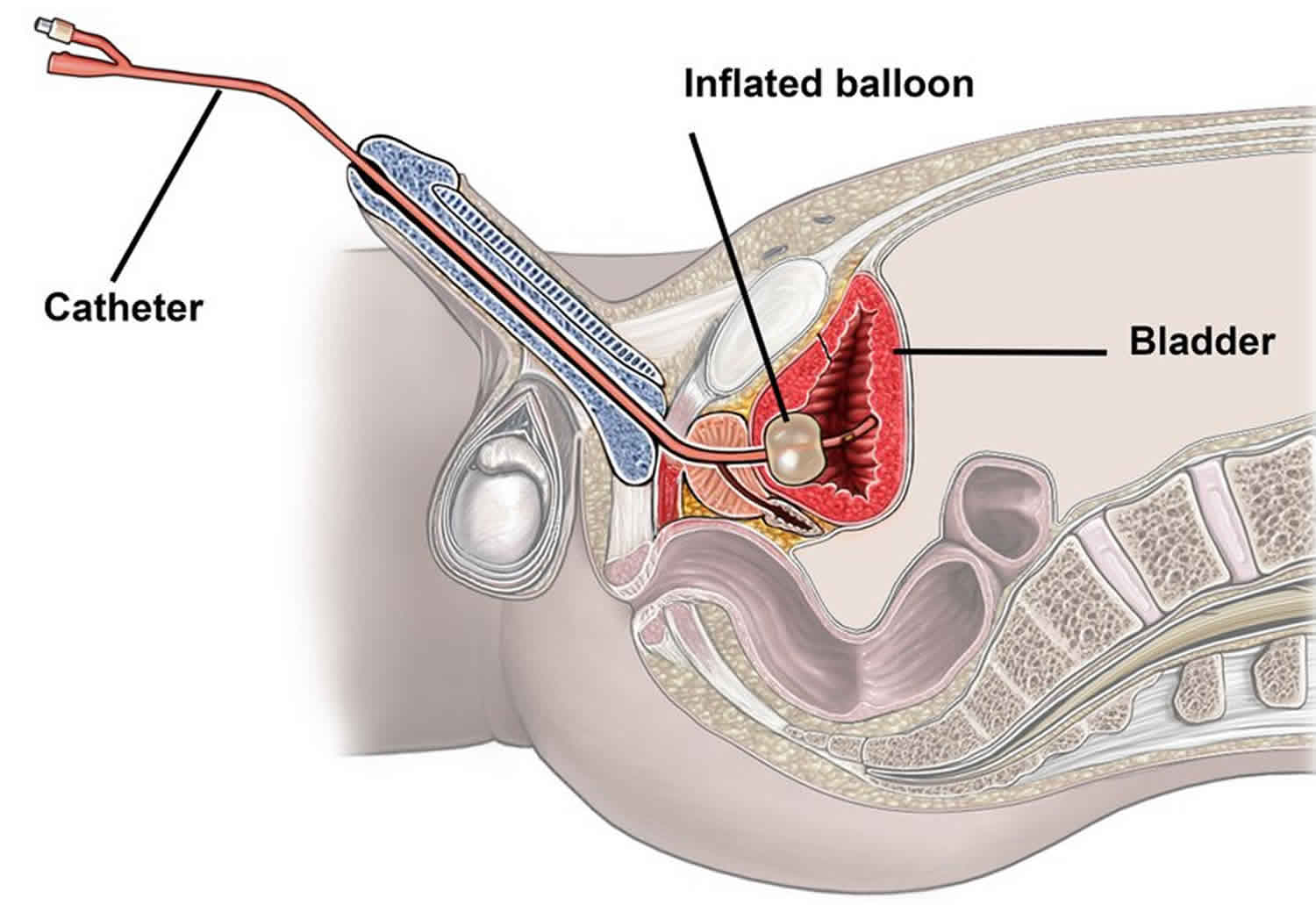
Indwelling Urinary Catheter Care Indwelling Catheter Insertion Complications
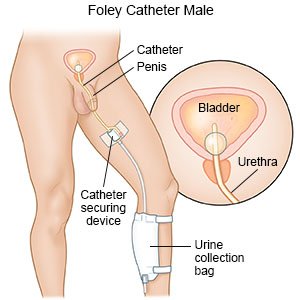
Foley Catheter Placement And Care What You Need To Know
How To Place And Manage Indwelling Urinary Catheters The Veterinary Nurse
10 4 Urinary Catheters Clinical Procedures For Safer Patient Care
Urinary Catheter Care Denver Urology Clinic
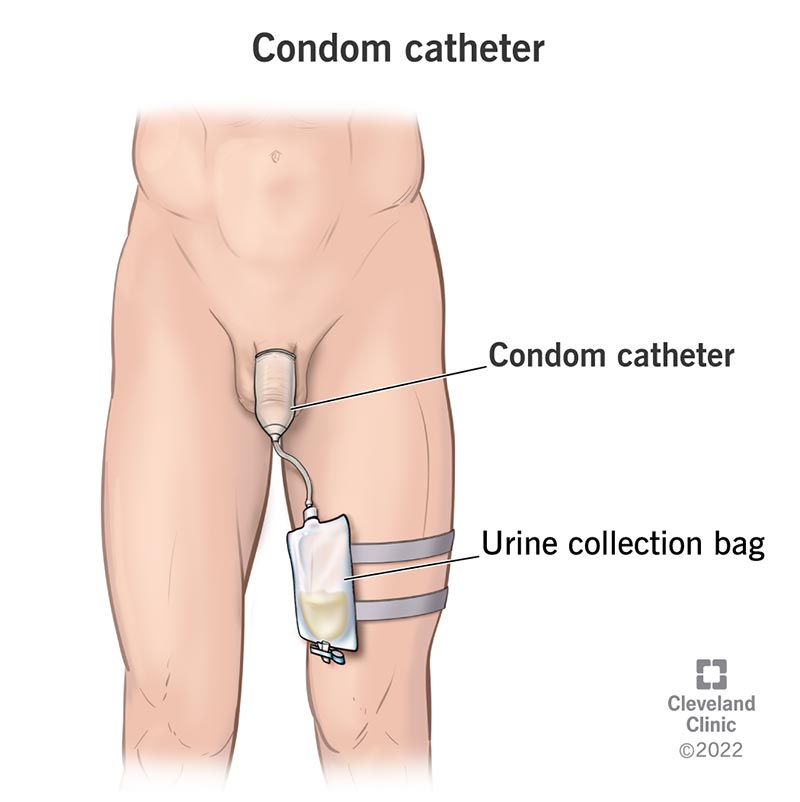
Condom Catheter For Incontinence Application Use Care

How To Use A Straight Catheter For Self Catheterization Male Care Instructions
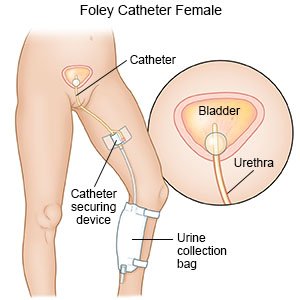
Foley Catheter Placement And Care What You Need To Know

Urinary Catheter 101 Types Uses Care Tips Homage

How To Use A Straight Catheter For Self Catheterization Male Care Instructions

3 Types Of Male Catheters And Their Uses 180 Medical
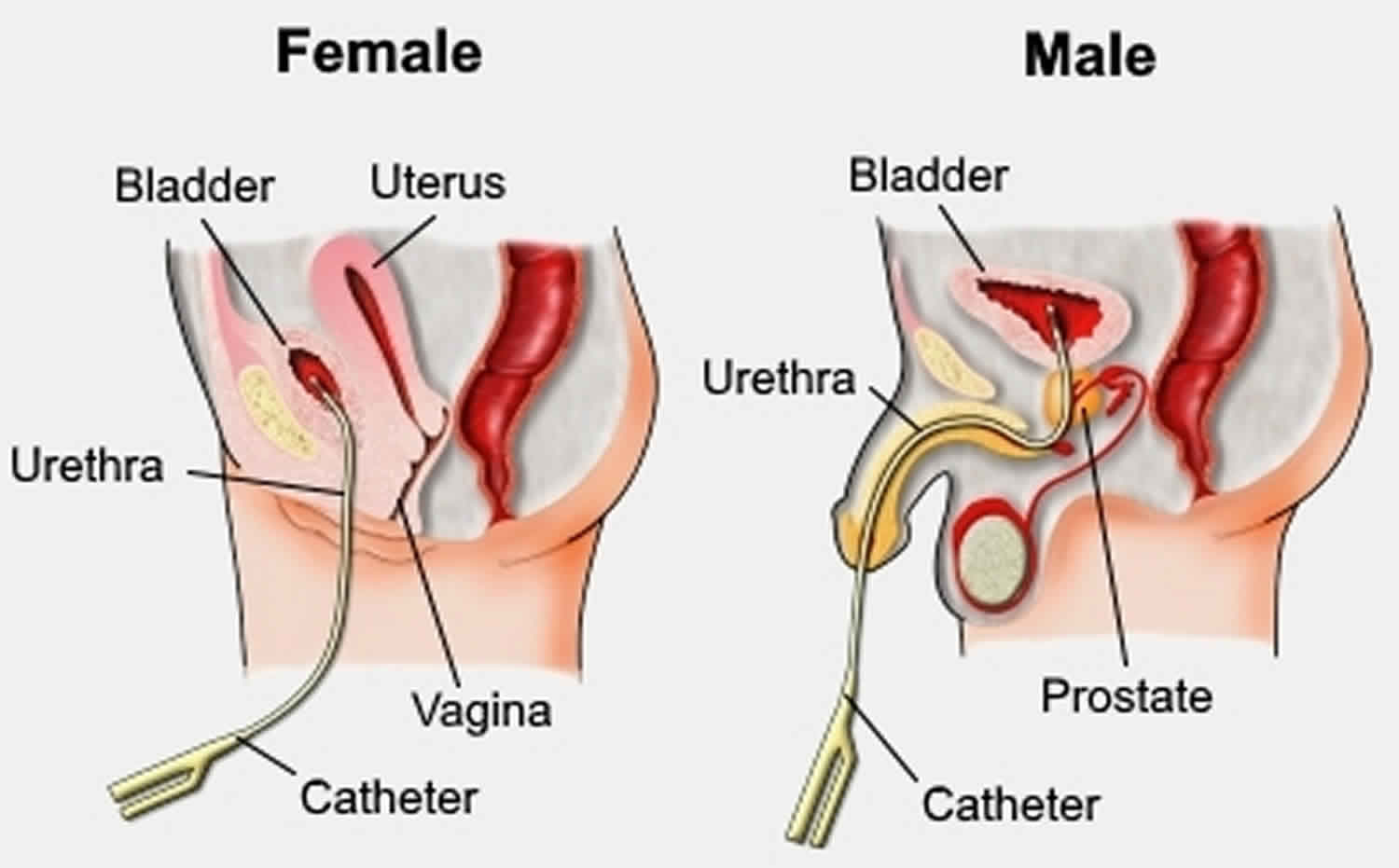
Urinary Catheter Types Of Urinary Catheter Urinary Catheter Complications

Urethral Catheterisation Male Medistudents

What Is A Catheter Bladder Bowel Community

Urinary Catheters Uses Types And Complications

Caring For Your Urinary Foley Catheter Memorial Sloan Kettering Cancer Center


